-
Welcome to Tacoma World!
You are currently viewing as a guest! To get full-access, you need to register for a FREE account.
As a registered member, you’ll be able to:- Participate in all Tacoma discussion topics
- Communicate privately with other Tacoma owners from around the world
- Post your own photos in our Members Gallery
- Access all special features of the site
Amps, Ratings and Draw.
Discussion in '2nd Gen. Tacomas (2005-2015)' started by BKinzey, Mar 14, 2024.


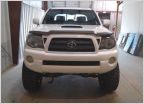 Best OEM style Headlights?
Best OEM style Headlights?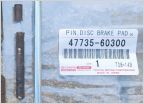 Good Caliper Spreaders for 2Gen Taco?
Good Caliper Spreaders for 2Gen Taco?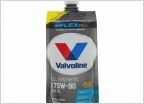 Conventional vs Synthetic Gear Oil
Conventional vs Synthetic Gear Oil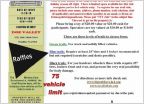 OME LEAFS
OME LEAFS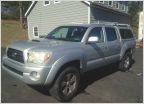 Operation Taco- I finally have one!
Operation Taco- I finally have one!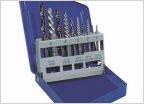 Snapped Screw Extractor
Snapped Screw Extractor